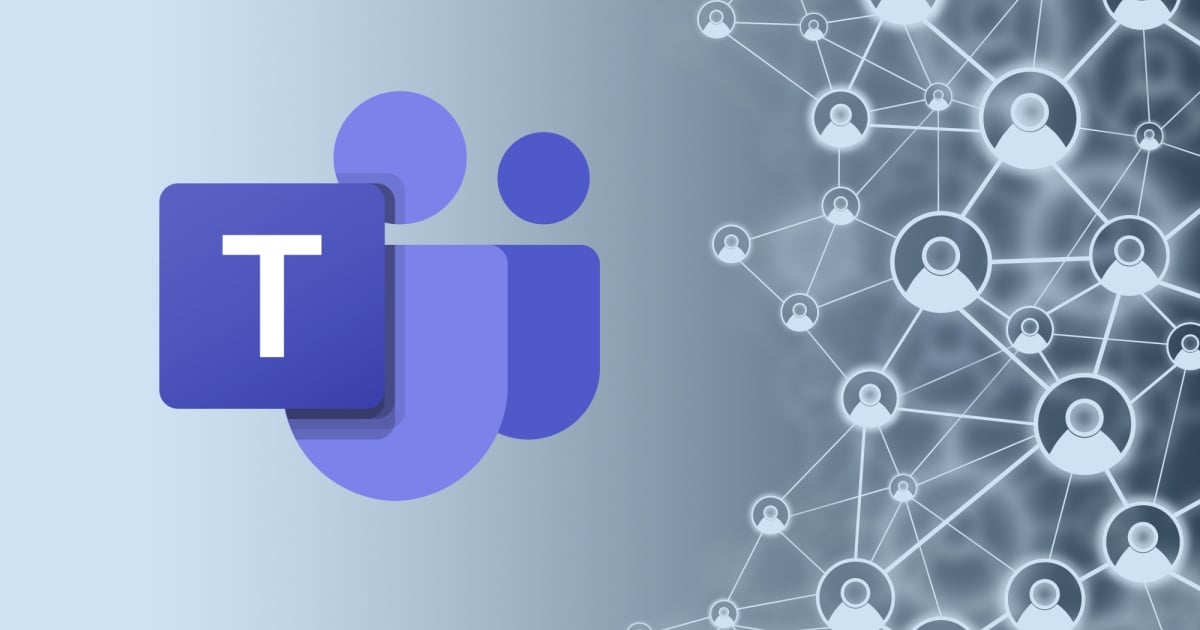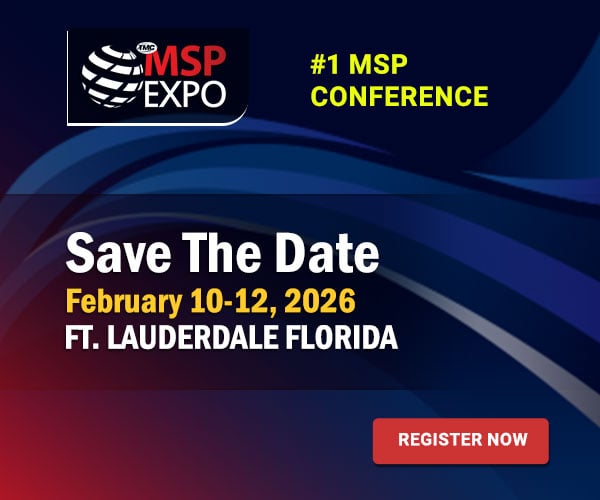MSP TODAY NEWS
Free eNews SubscriptionCan MSPs Cut Microsoft Teams Incident Management Time by 50%? Martello Says Yes
New research shows MSPs can achieve a 50% reduction in labor required for Microsoft Teams incident management by using proactive monitoring and advanc…
Read MoreSupercharging Your MSP with AI at SuperSummit 2025 in Dallas
SuperSummit 2025 features targeted content and education to help MSPs capitalize on the AI revolution to improve there businesses models and operation…
Read MoreOoma AirDial Elevates POTS Replacement for Large Organizations
Ooma's new RDM features are tailored for scalability of POTS replacement projects, whether those are managed by in-house IT teams or MSP partners.
Read MoreArctic Wolf Revamps MSP Channel, adds Endpoint Security
Arctic Wolf has redesigned its MSP partner program and introduced Aurora Endpoint Security for MSPs in an effort to equip MSP with the tools to combat…
Read MoreMonetizing Conversational AI: Sell Outcomes, Not Technology
The key for resellers and service providers is to package AI technology in a manner that is understandable, easy to implement, and aligned with SMB bu…
Read More





